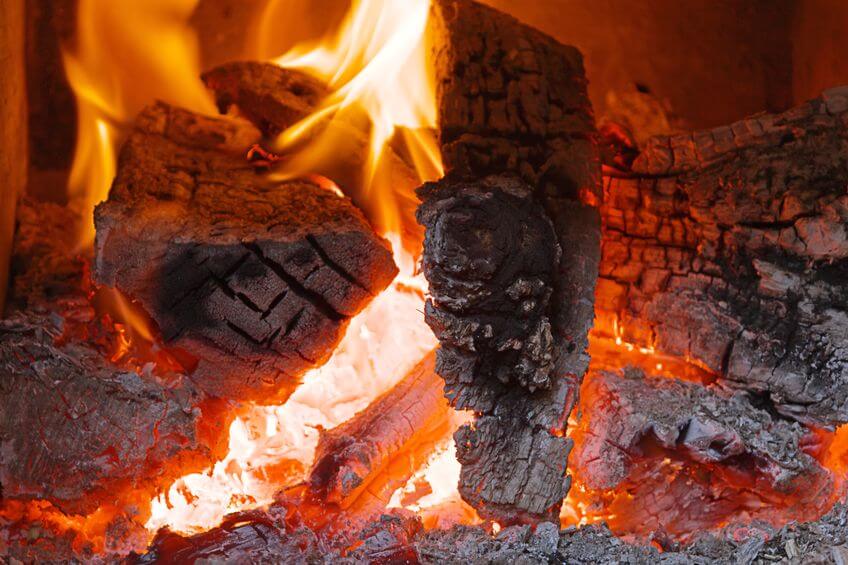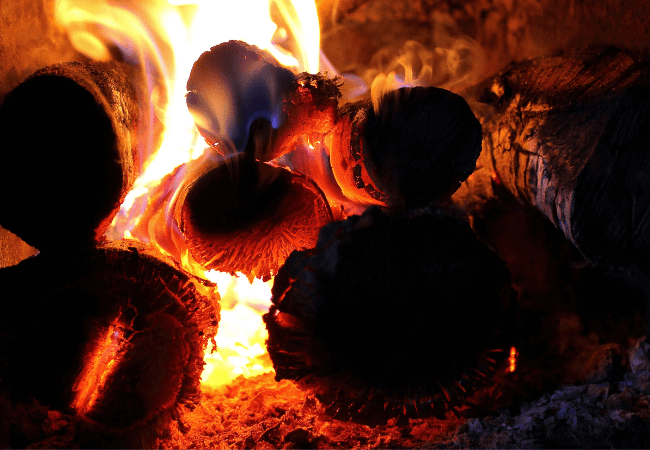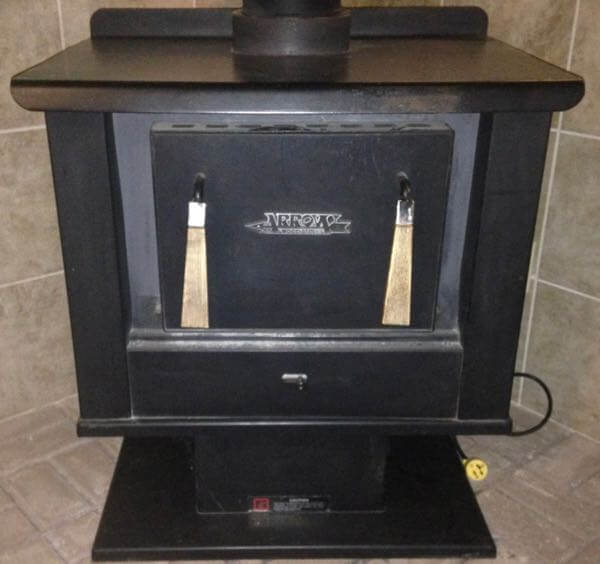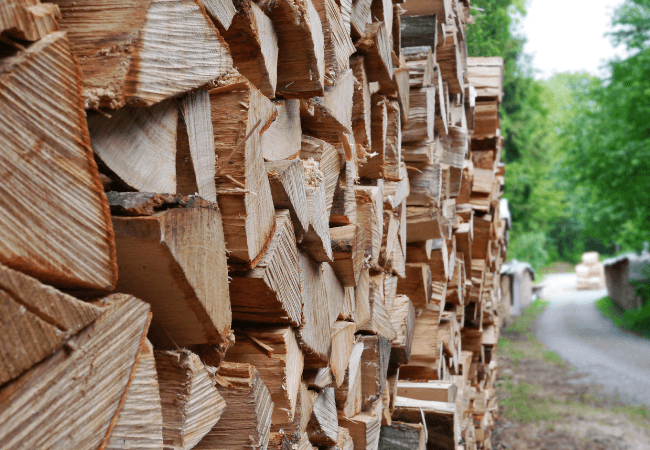- Home
- Best Wood Stoves
- Arrow Wood Stove
Arrow Wood Stove
This post may contain affiliate links so I earn a commission.
The Arrow wood stove made its appearance on the Australian market in 1981 and is best known for its 3-way air induction system which conducts a “Triple Burn.”
The way this works is air first comes in at the bottom of the fire box, then it circulates around the burning wood.
After this the secondary heated air is drawn in through tubes to the upper part of the fire box and completes the burn of any escaped gasses and creosote.
Basically air is drawn in below the fuel, around the fuel, and above the fuel for a total burn with very little emissions output.

There are only a few models of the Arrow freestanding wood stoves, but that doesn't mean you can't get replacement parts if needed, as the company is going strong in the Australian and U.S. market places.
You will also find that you have very little need for replacement parts or repair with Arrow wood stoves and other heating products made by them because of quality craftsmanship in manufacturing.
Arrow also makes some excellent fire place inserts with many of the same features as the freestanding wood stoves.
Arrow Wood Stove - Models
The Arrow wood stove comes in two finishes. One is “Charcoal” and the other is “Golden Fire Brown.” They are ruggedly constructed of fully welded steel plate.
The fire boxes are lined with cast iron which has a longer life span than the standard fire bricks.

Both models listed below come with a 3-speed fan for good heat circulation.
Arrow is continually growing and coming up with innovative strides in their manufacturing.
How fast and how long you want your fire to burn is controlled by a finger tip slide to adjust the amount of air your fire is receiving.
When you have the control all of the way open the fire is burning at its biggest and putting out the most heat.
When you have to leave to go shopping, or to bed at night, you simply slide the air control shut.
When the air control is shut the fire will hold unattended for up to 12 hours or so.
Upon returning home or waking up in the morning you simply open the air control slide and Presto!...You have a nicely lit and burning fire to which you can add more logs.
Another great feature of the Arrow stove is the large ash drawer making for easy removal of the ashes which do not accumulate much because of the triple burn unit.
 Arrow Wood Stove
Arrow Wood StoveA really good thing about using a triple burn unit is it means you do not have to deal with hot coals as the large coal chunks are burned up allowing for extra heating and economical wood usage.
- Arrow Model 1800- Heats up to 2,700 square feet.
- Arrow Model 2400- Heats up to 3,750 square feet.
The average single size family home is around 2,700 square feet, so you can see that the Arrow wood stove can more than heat a house or business area in idealistic conditions.
Idealistic conditions would be in a home or a building that is soundly constructed, insulated and weatherized.
The height of the ceiling (or ceilings) can make a difference too as to the total heat output.
A far bedroom might not be as warm and evenly heated, especially if the door is kept shut during the days or nights.
The kind of wood you use in your wood stove, or wood heater, has relevance also to the capacity of heat value output.
Softwood such as pine or cedar burns very rapidly producing extremely high heat, while seasoned hardwood such as hickory or oak burns longer and has a more steady heat output.
Arrow Wood Stove - Overall
All in all the Arrow wood stove is a good buy.
The strongest feature would be the 3-way air induction system also called a Triple Burn, as mentioned earlier.
Many of the newer wood stoves made after and around the 70's have much of the same technology which is often called a secondary burn or combustion unit.
All older wood stoves operate on a primary combustion basis (only one burn).
Back in the olden days you built the fire and controlled it with air flow through the slots in the grate which you could open and shut.
This was located on the front bottom of the stove below the fire door. You would open it along with the adjustable flue in the chimney pipe for a full burning fire.

Full burning fires were usually only had in the day time, just as they are now with modern wood stoves.
Sometimes you would have to turn down the fire in the old stoves because it would go up the pipe and could cause or threaten a creosote fire in your chimney.
With the secondary or triple burn system you do not have to worry about “flue fires” as practically all of the creosote is burned up before having a chance to reach the chimney pipes.
And of course back in the olden days you would have to close your fire down completely at night shutting both the grate opening and adjusting the flue.
This was called “banking” your fire so you would have hot coals to work with in the morning to get your fire going again.
With the Arrow wood stove you do not have to worry or stay up trying to keep the fire going on cold nights due to modern technology which has given us a solidly tested, environmentally friendly, and reliable source of heat.

About the Author
Obsessed with firewood, Nick is behind over 350+ of Firewood For Life's articles, as well as countless reviews, guides and YouTube videos to help readers like you reduce heating costs and create the perfect fire.


